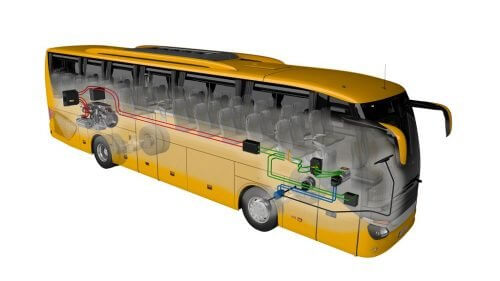
Martin Sanders, Market Development Manager for Mobile at Parker Hannifin, explains the importance of E-Steering solutions
It is around 20 years since the world witnessed the first mass-produced hybrid and electric cars roll off the production line. Since then, buses and coaches have followed suit, as more cities look to introduce cleaner and more cost-effective public transport options. As an example, the Mayor of London announced in late 2016 that the UK’s capital will soon own Europe’s largest fleet of electric buses, revealing the first two city-centre, all-electric bus routes in the process. London’s plan is for all 300 of its city centre, single-deck buses to be zero emission electric vehicles by 2020, and all 3,100 of its double-deck fleet to be hybrid by 2019.[…]
By subscribing you will benefit from:
- Operator & Supplier Profiles
- Face-to-Face Interviews
- Lastest News
- Test Drives and Reviews
- Legal Updates
- Route Focus
- Industry Insider Opinions
- Passenger Perspective
- Vehicle Launches
- and much more!


